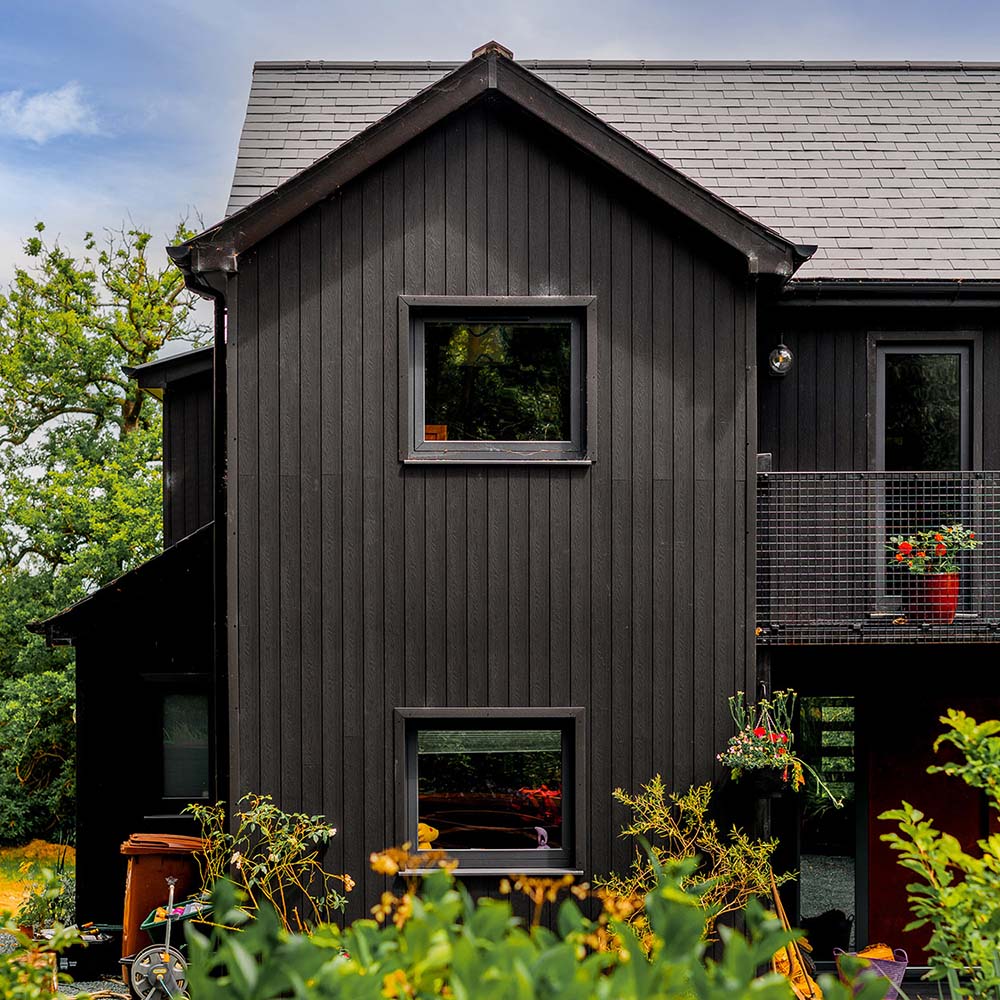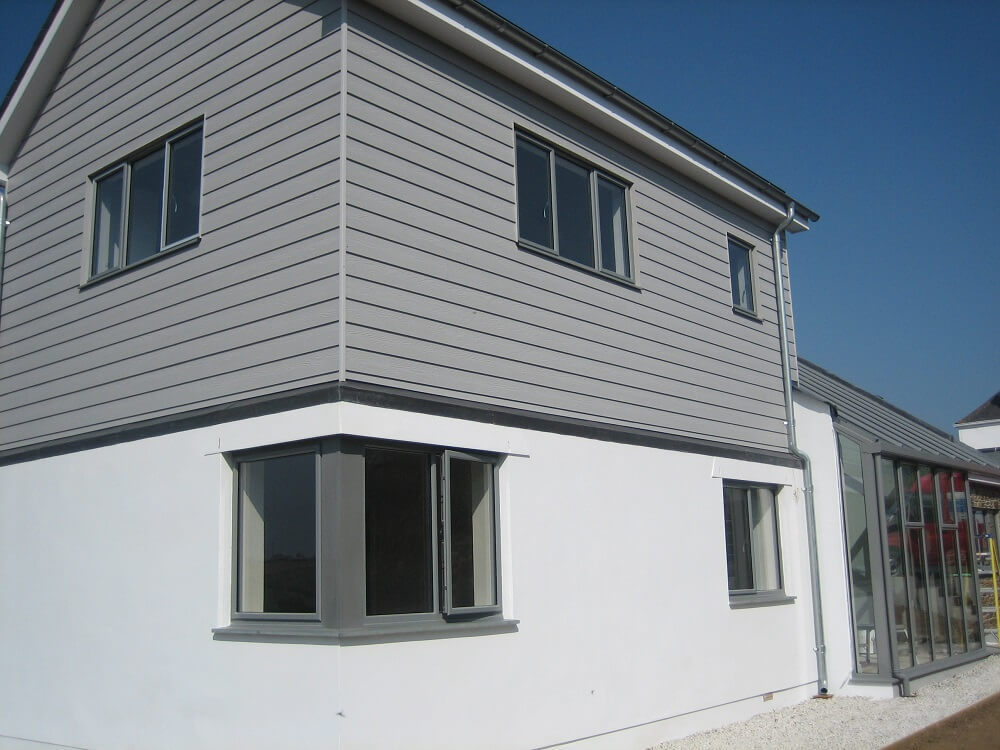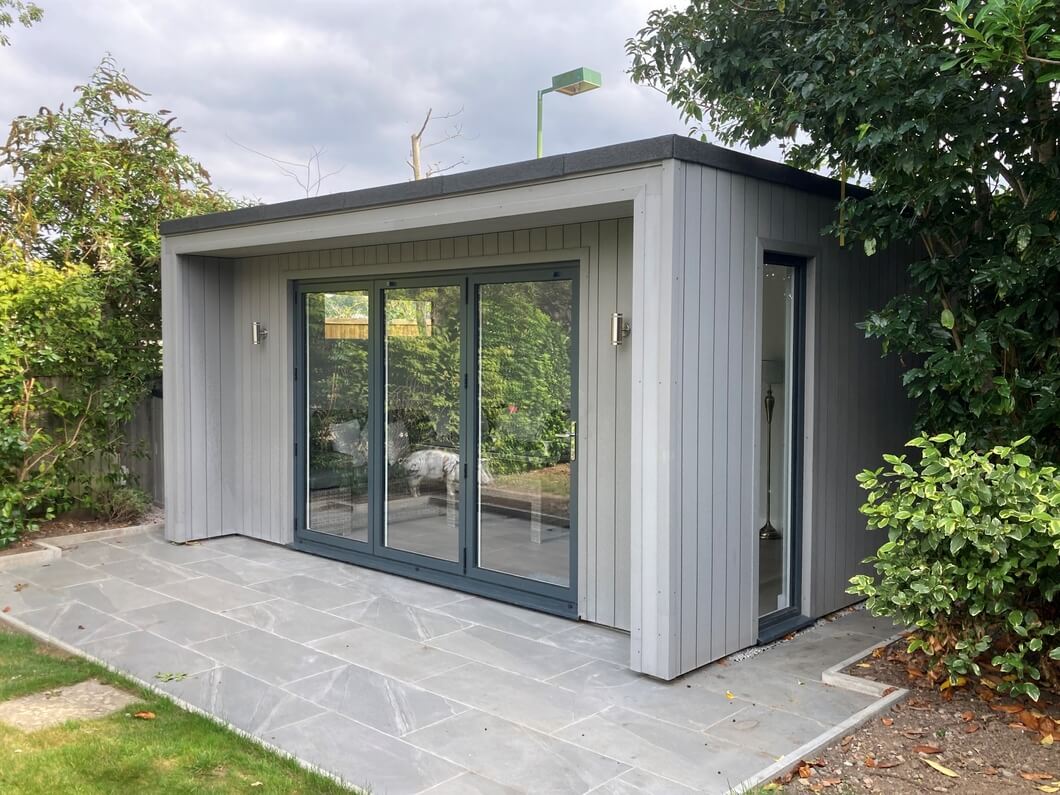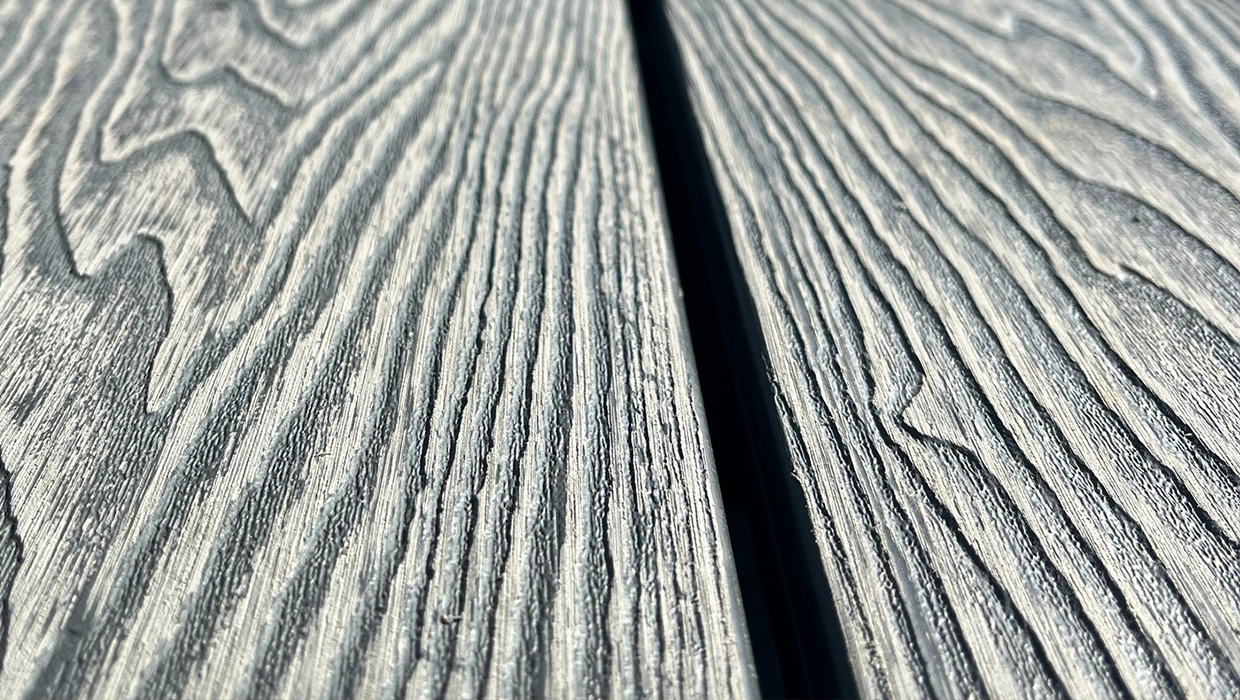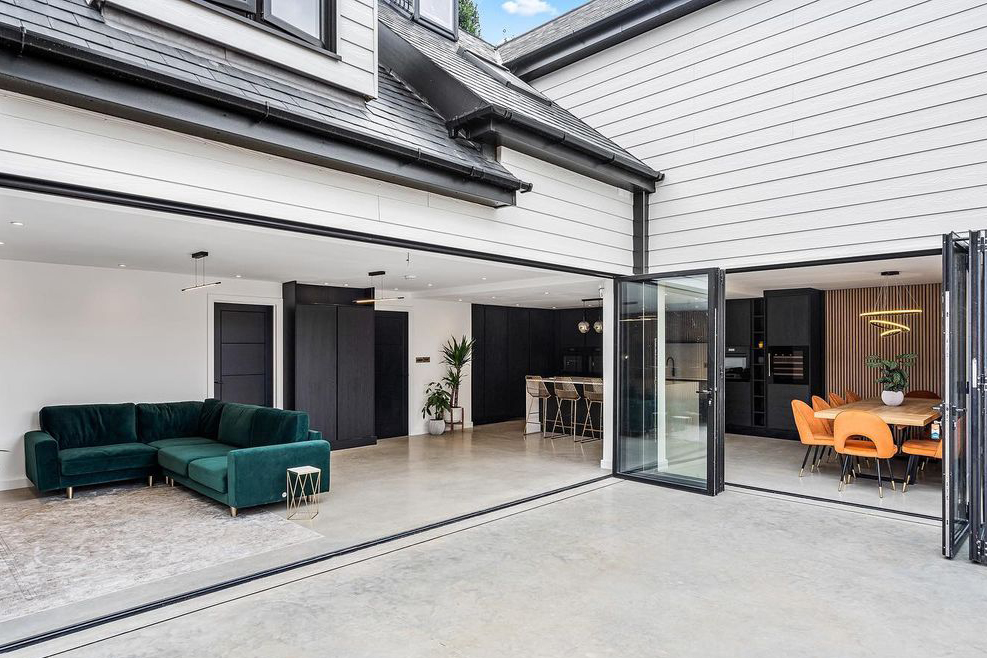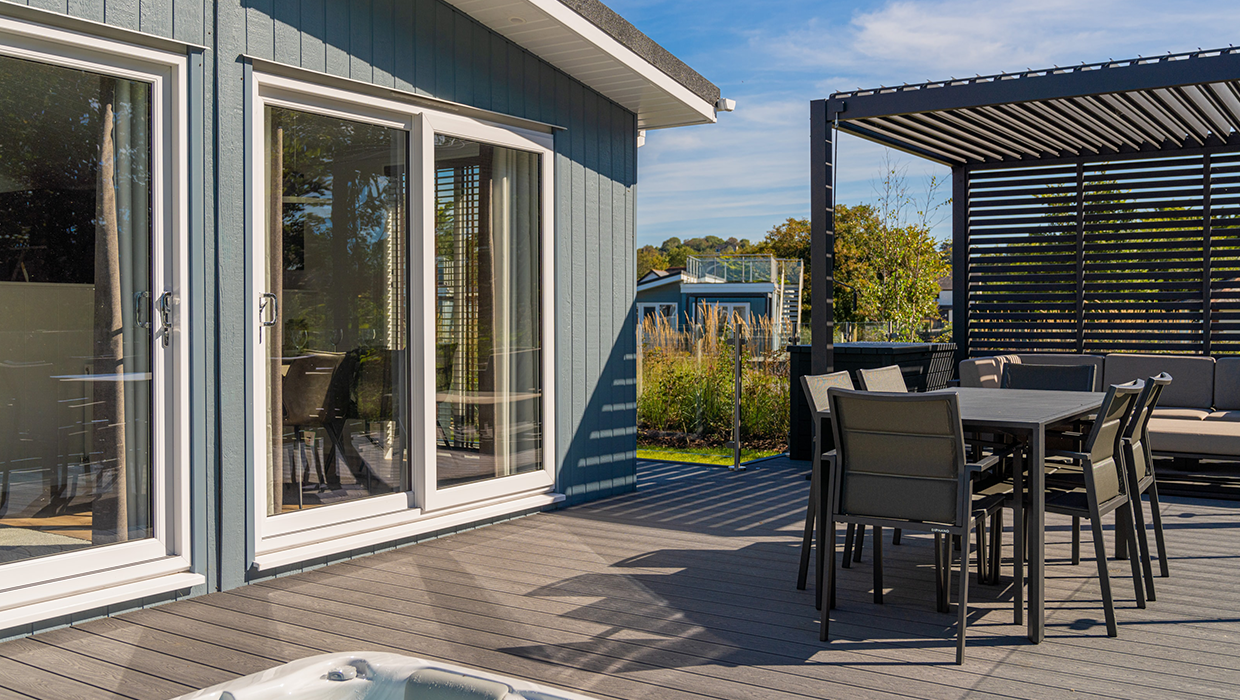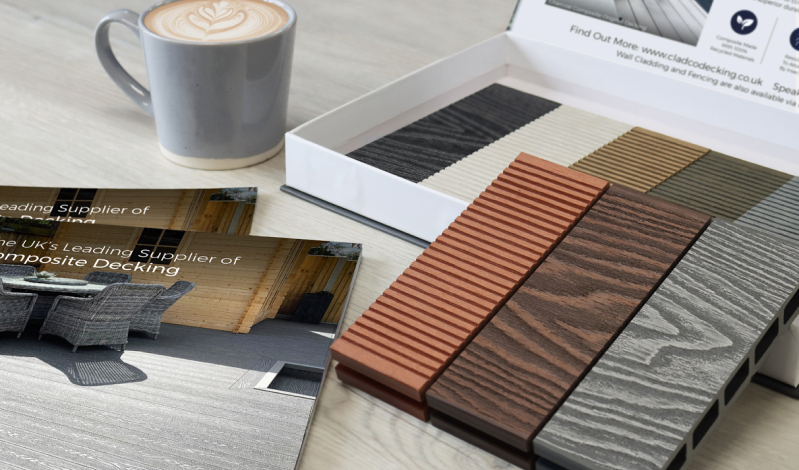- Home
- Cladding Help & Advice
- Help & Advice
Cladding Help & Advice
All of our cladding information and advice on one page. If you can’t find what you need please don’t hesitate to call our friendly team on 01837 659 901 or email [email protected]
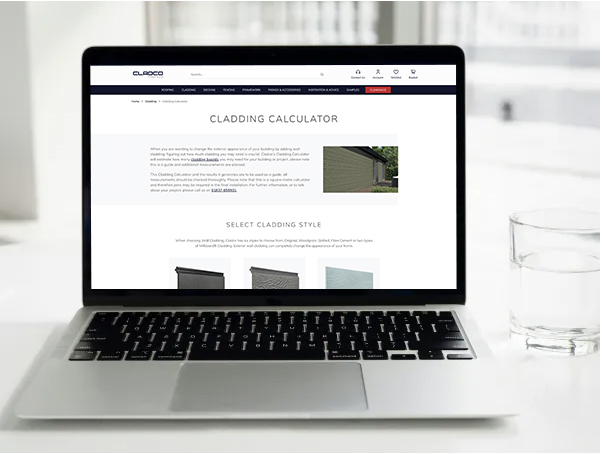
Try Our Cladding Calculator
Whether you're a seasoned DIY enthusiast or a first-time builder, Cladco's cladding calculator ensures you get the right amount of cladding boards, fixings, and accessories, saving you time, money, and effort. Start your roofing project confidently and efficiently with Cladco's reliable and user-friendly calculator today. Cladding CalculatorFrequently Asked Questions
Fibre cement and composite wall cladding have many differences. They are made of a different material, come in different colour ranges, are installed differently and are available in slightly different lengths and widths. Fibre cement lap cladding boards offer more coverage than our composite options due to the larger expanse of width each board has. While both our Signature and ProClad composite ranges are made from a wood and plastic mix, fibre cement is manufactured from just that - fibre cement. Fibre cement lap boards are installed in a weatherboard technique, whereas both composite boards are installed with the tongue and groove method. Learn more about your options by ordering a sample pack.
In most cases, adding cladding to your home does not require planning permission, providing that the materials are of a similar appearance to the rest of your home. In some cases, you may need to apply for planning permission if your home is a listed building in an area of exceptional beauty or a national park.
Please note that we are not licensed planning or building surveyors. We recommend speaking to a licensed professional.
Calculate how many cladding boards, trims and fixings you may need for your garden with the easy to use Cladco cladding calculator.
Yes. We provide samples for Cladco decking ranges, allowing you to see first-hand the quality, colour and texture of our boards. Please see our website here.
Unfortunately, we’re unable to cut boards to length or carry out any cutting on our premises. However, the boards can be easily cut using a traditional saw - just be sure to take care and follow appropriate safety precautions when doing so.
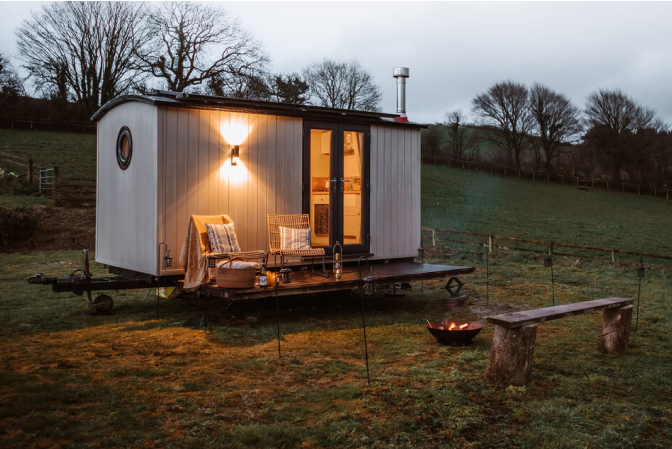
Signature Composite Cladding Installation Guide
Frequently Asked Questions
Yes, our composite wall cladding is a versatile cladding material, originally designed to transform the exterior of your home. However, the boards can be installed inside if desired. Alternatively, we have a range of internal panels that are specifically designed for interior use.
Flashings and trims are used to seal the edges and corners of a building, ensuring no water can penetrate the cladding and potentially cause issues between the walls of the home and the boards. Cladco flashings and trims include starter strips that can be installed at the base of your project. They are attached to the base batten for the boards to be slotted into place and support the following boards. Corner trims can be added to create the finishing touch and complete the cladding exterior. Skirting trims are used similarly to this and create beautiful borders around windows and doorways.
All of our composite wall cladding boards are available in a variety of colours, with no need to for sanding, sealing, painting or varnishing. Simply select your chosen colour, install and enjoy.
From our composite range of cladding, we have Signature boards and ProClad boards, which measure 3.6m in length with a width of 157mm. The thicknesses of the boards differ, with ProClad measuring at 22mm, 2mm thicker than Signature. Learn more about our composite cladding options here.
Composite cladding boards need much less upkeep compared to traditional timber materials; however, it is not completely maintenance-free. Routine cleaning is essential to get rid of debris and stop potential staining. If your cladding is located beneath overhanging trees, it is important to promptly clear leaves, petals, and sap to avoid surface marks. Additionally, water runoff from gutters and downpipes may stain the boards, making regular maintenance vital to preserve their appearance.
Like any composite material, our Signature composite cladding boards go through a process of stabilisation where fading may happen until the final colour is reached. Stabilisation usually occurs during the first six months following installation. This is more evident in the woodgrain design, where shading variations can arise due to the process of sanding.
Cladco composite cladding functions as a rain screen cladding option, which allows adequate airflow to enable proper ventilation of any rainwater that may penetrate the cladding. Without sufficient airflow, standing water will not evaporate, which can lead to mould spots on your cladding.
Some of our lighter composite colours, such as our ivory boards, can show dirt more easily, so you will likely need to clean them more often than our darker colours. For more stubborn stains on composite decking, you can use a composite decking cleaner.
Cladco composite decking boards are available in two lengths, 4m and 2.4m. Fencing boards are available in 3.6m lengths, and Cladco wall cladding is available in 3.6m lengths. We are unable to cut any products to size for customers.
Cladco composite cladding is an excellent choice for exterior domestic projects. Please be aware that it is the responsibility of the customer to ensure that the product complies with relevant building standards and regulations. We cannot assume any liability should the products fail to meet specific building, fire, structural, or other legal requirements applicable to your intended use or installation.
Watermarks are a common occurrence when the weathering process in composite cladding is taking place, specifically with our Signature composite boards. Due to the tannins that are released from the timber contents of the cladding boards, the marks from water can become more apparent. This is temporary and will fade naturally over time.
As our composite cladding boards contain wood, they are not fire rated.
Ventilation behind your cladding boards is crucial for the evaporation of excess water. Allowing space at the ends of the boards, around the perimeter of your installation, provides an exit for air and improves moisture control.
Composite cladding boards can be prone to scratching, especially if met with harsh materials such as metal. To prevent scratching, avoid contact with tools that could cause damage.
Our Signature composite boards are designed to replicate the natural appearance of timber while eliminating the need for regular maintenance. The pigments used in the manufacturing process may react differently with the timber content in each board, resulting in variations in shade. This is particularly noticeable between the 2.4m and 4m boards. The same applies to our decking Trims, as they are made using the same composition.
Yes, wall cladding can be installed both vertically and horizontally. For guidance on installation, please refer to our step-by-step guide. The number of boards required may vary depending on your chosen orientation, so we recommend using our handy online wall cladding calculator to work out how many boards you'll need.
From Our Blog
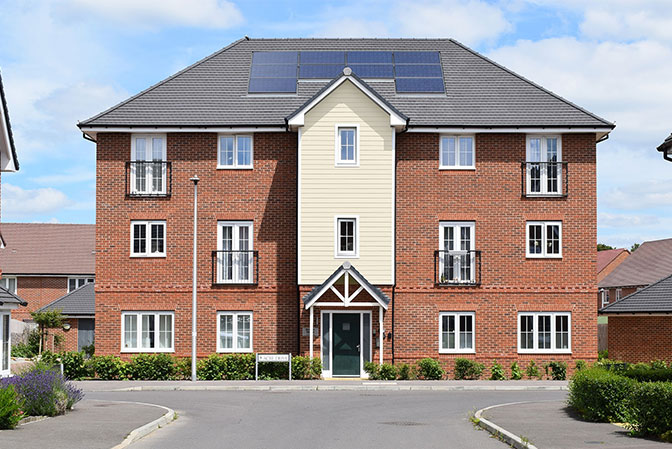
ProCladComposite Cladding Installation Guide
Frequently Asked Questions
ProClad Wall Cladding is ideal for updating exterior façades, creating feature walls, or adding a stylish and modern look to your project.
The capped surface surrounding the composite core makes our ProClad products more resistant to UV rays, and less likely to fade over time.
Yes. Without sufficient airflow, standing rain water won’t be able to evaporate which eventually could lead to mould forming on your cladding.
ProClad boards feature a capped composite design, which enhances durability and resistance to environmental factors. With increased strength, the ProClad boards are less likely to wear over time.
Yes. There are ProClad corner trims and fascia boards to finish the edges of your project. All products come in a range of seven colours.
They can help improve your building’s insulation, reducing the reliance on heating and cooling systems and potentially lowering energy costs.
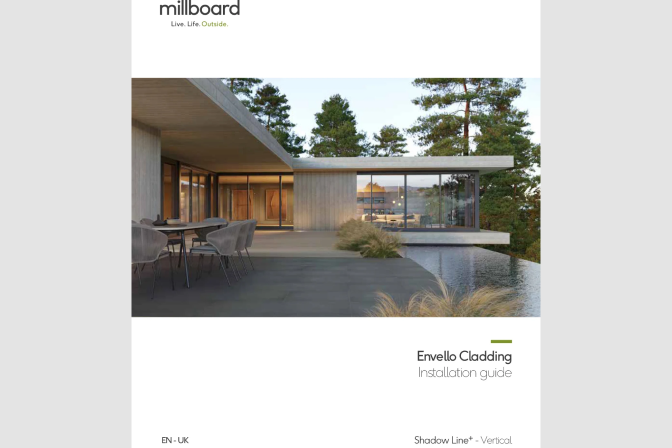
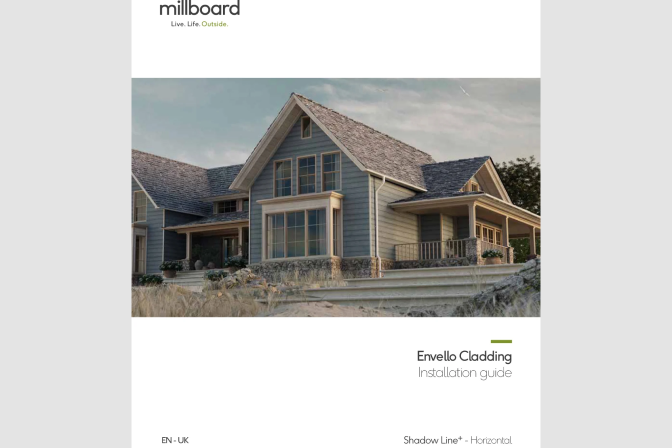
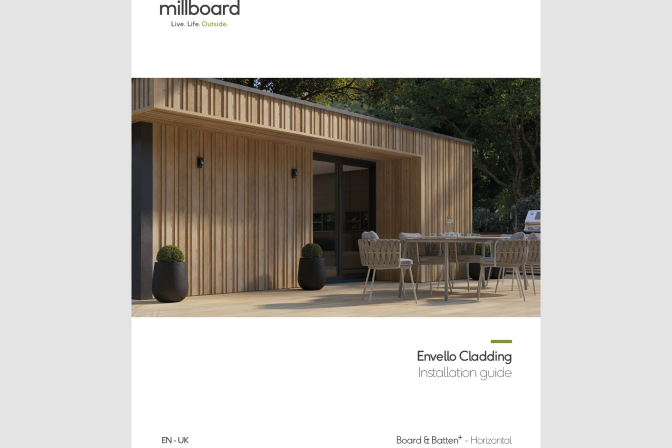
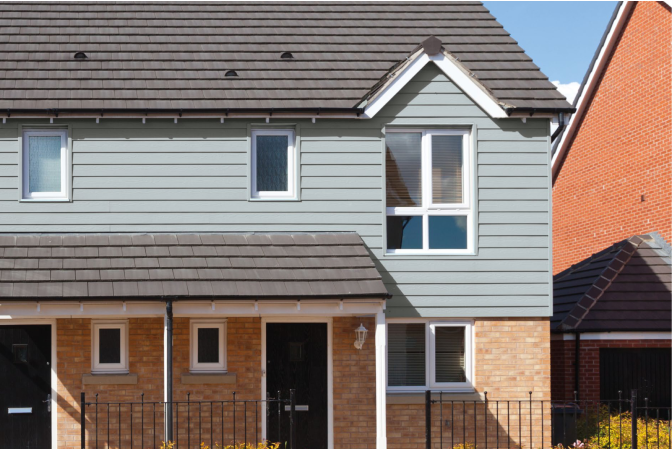
Fibre Cement Cladding Installation Guide
Frequently Asked Questions
Yes, Cladco fibre cement wall cladding boards can be cut. When cutting, fine dust is released into the air - this mineral itself is harmless, however dangerous if inhaled and will constitute a health hazard. A Level P3 respiratory protective mask should be worn when cutting the boards. The boards must be cut outside and it is recommended to use a wet saw to reduce dust particles. Further information and other applicable legislative requirements can be found by visiting the health and safety executive page of the gov.uk website.
Cladco fibre cement wall cladding has been painted using a paint and bake method which gives the boards increased durability and strength. Boards can either be painted an alternative colour (if you are doing this, we recommend purchasing the unpainted board) and can be touched up if necessary.
Cladco fibre cement cladding boards cannot be installed vertically. The Cladco fibre cement boards are designed to be installed horizontally using a feathering technique, giving your building an attractive finished appearance. Installing the boards vertically is not recommended by Cladco Profiles as detailed in our Terms and Conditions. For installation advice, please read our installation guide.
Cladco fibre cement wall cladding samples can be ordered via the website, or by contacting our friendly sales team on 01837 659 901. You can choose two colours to sample. The sample swatches come with a Cladco brochure and a price list.
Cladco fibre cement wall cladding boards, like any material exposed to sunlight over a prolonged period of time, will get warmer. Like most materials, when Cladco fibre cement wall cladding boards change temperature, slight expansion or contraction within the boards can occur. These changes are minimal compared to alternative products on the market.
Pressure washers are not recommended to be used on Cladco fibre cement wall cladding boards as the pressure could strip the boards of their paint layers and properties. Simply clean using lukewarm or cold water and light detergent with a cloth or soft brush.
Cladco fibre cement wall cladding boards offer improved scratch resistance thanks to a durable, triple-layer baked paint finish. This coating helps protect against everyday wear and tear, though care should still be taken during handling to avoid surface damage. If scratches do occur, Cladco’s range of touch-up paints can be used to conceal minor marks.
From Our Blog
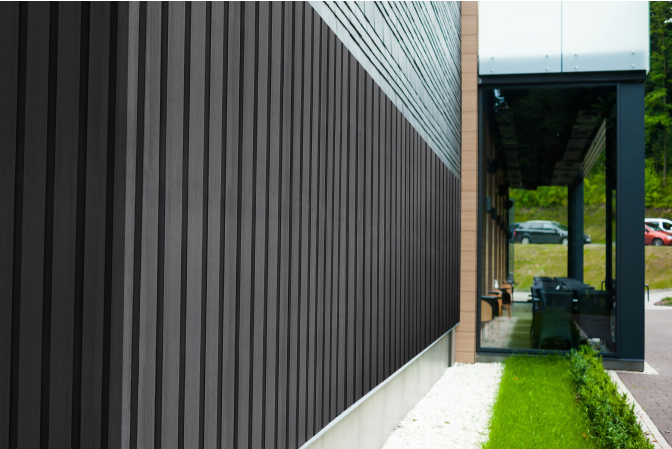
Composite Slatted Cladding Installation Guide
Frequently Asked Questions
Cladco slatted cladding panels have increased scratch resistance compared with natural timber due to their capped composite material, which increases the durability and should not scratch or mark easily. Boards may still scratch if mishandled.
In most cases, adding cladding to your home does not require planning permission, providing that the materials are of a similar appearance to the rest of your home. In some cases, you may need to apply for planning permission if your home is a listed building in an area of exceptional beauty or a national park. Please note that we are not licensed planning or building surveyors. We recommend speaking to a licensed professional.
Yes, our cladding can be used on interior projects, providing the structural integrity of the wall can support the weight of the batten system as well as the cladding panels. Alternatively, our 2.4m slatted wall panels are designed specifically for internal use.
We do not advise using a pressure washer on your slatted cladding, as it may cause damage to the paint layers. We recommend using cold or slightly warm water with a gentle soap alongside a soft brush or cloth.
To adjust the length of your slatted cladding panels you can cut them widthways using any kind of standard wood cutting tools. For a clean cut edge on your cladding, it is advised to use a blade with a fine tooth. If you would like to cut the cladding panels lengthways to change the width, you will remove the interconnecting tongue and groove, which means you can no longer attach anymore panels or trims to the edge.
Cladco slatted cladding panels can be installed horizontally as well as vertically. For horizontal installations, the joists and battens will need to be installed vertically (the opposite orientation to the panels), however the installation method remains the same whichever direction you wish to install your cladding.
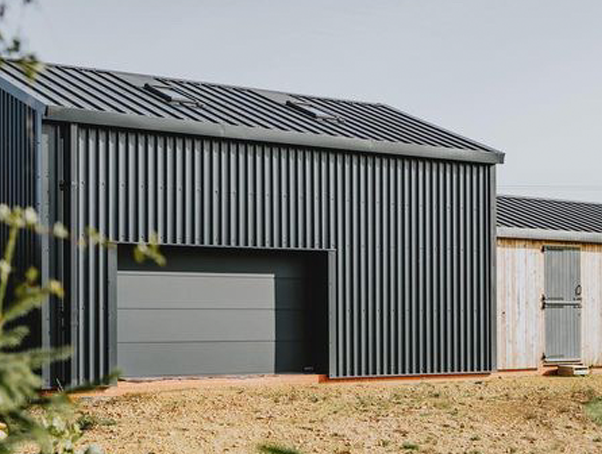
Metal Wall Cladding Installation Guide
Frequently Asked Questions
Our wall cladding sheets are selected for their low-maintenance, hard-wearing properties, providing a solid, modern exterior cladding design for garden buildings, industrial units, agricultural buildings and more.
In extreme weather conditions, wall cladding sheets made of metal can get very cold in the winter months and hot to the touch in the summer months. Panels cannot be painted, and due to their rigid build quality, working around elaborate designs can be restricting.Steel sheeting can also be difficult to handle, usually making for a two-person installation.
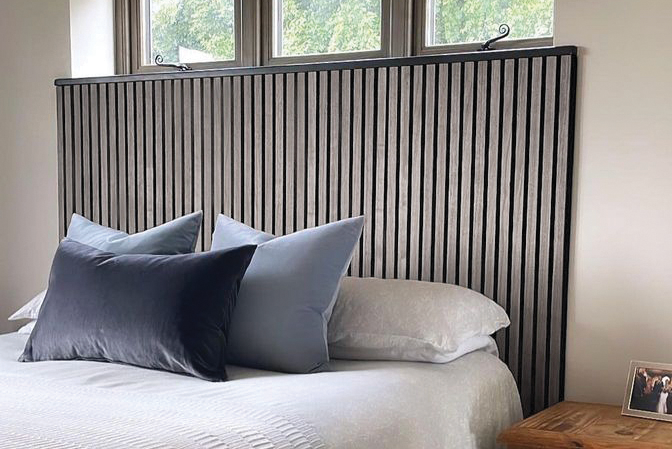
Slatted Wall Panelling Installation Guide
Frequently Asked Questions
Cladco’s acoustic slatted panels come in two size options: 2.4m x 600mm and 600mm x 600mm. The larger 2.4m x 600mm panels are ideal for full-length feature walls or wrapping around an entire room for a bold, continuous finish. They are a great choice for bigger spaces or when aiming for a seamless, floor-to-ceiling look. The 600mm x 600mm panels offer more flexibility, making them perfect for adding texture to smaller areas, or customising detailed sections. They are also compact and easy to transport.
Use for offices, living rooms, bedrooms, and hallways; we do not advise using this product in any wet areas that are prone to damp, such as kitchens or bathrooms.
Yes, you can cut the felt with a utility knife. Cut the MDF panels with a hand/circular saw on the non-decorative side.
Cladco slatted wall panels can be installed to your preference, either horizontally or vertically. Both installation methods have the same process involving measuring, cutting, and then either screwing or adhering the panels to the wall.
Our wall panels are designed with exposed edges and can be cut to size length ways and width ways, ensuring that the edges of the panels are flush with the end of the walls.
Due to the materials in our slatted panels not being waterproof, it is not advised to install them outside. An alternative for external use is our composite slatted cladding.
Frequently Asked Questions
All of our composite wall cladding boards are available in a variety of colours, with no need to for sanding, sealing, painting or varnishing. Simply select your chosen colour, install and enjoy.
Composite cladding boards need much less upkeep compared to traditional timber materials; however, it is not completely maintenance-free. Routine cleaning is essential to get rid of debris and stop potential staining. If your cladding is located beneath overhanging trees, it is important to promptly clear leaves, petals, and sap to avoid surface marks. Additionally, water runoff from gutters and downpipes may stain the boards, making regular maintenance vital to preserve their appearance.
Like any composite material, our Signature composite cladding boards go through a process of stabilisation where fading may happen until the final colour is reached. Stabilisation usually occurs during the first six months following installation. This is more evident in the woodgrain design, where shading variations can arise due to the process of sanding.
Watermarks are a common occurrence when the weathering process in composite cladding is taking place, specifically with our Signature composite boards. Due to the tannins that are released from the timber contents of the cladding boards, the marks from water can become more apparent. This is temporary and will fade naturally over time.
Pressure washers are not recommended to be used on Cladco fibre cement wall cladding boards as the pressure could strip the boards of their paint layers and properties. Simply clean using lukewarm or cold water and light detergent with a cloth or soft brush.
Cladco fibre cement wall cladding boards offer improved scratch resistance thanks to a durable, triple-layer baked paint finish. This coating helps protect against everyday wear and tear, though care should still be taken during handling to avoid surface damage. If scratches do occur, Cladco’s range of touch-up paints can be used to conceal minor marks.




